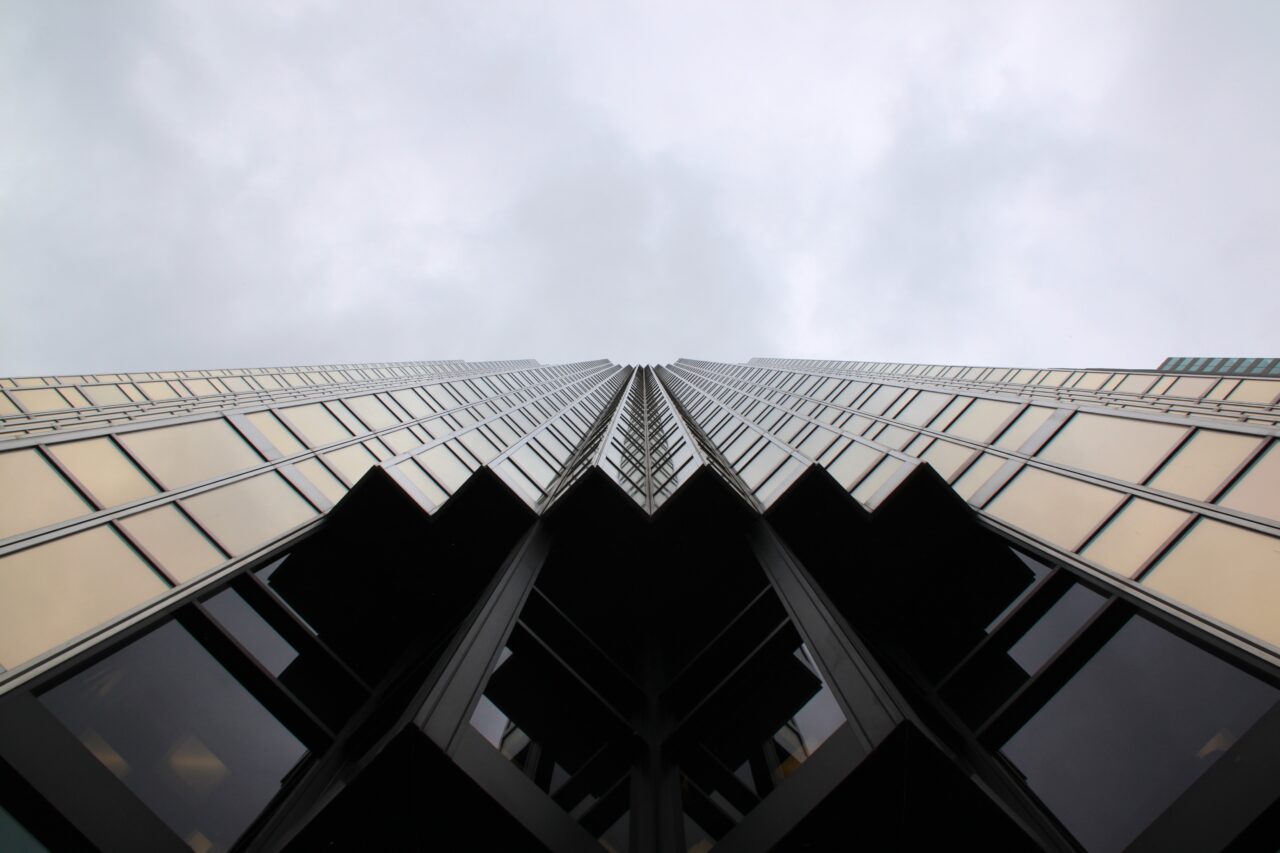CRE Insights: Houston’s 2020 Office and Industrial Market Q2 Findings
Until recently, the trend in the Houston office market has been “flight to quality” – employers were willing to overpay 15-20 percent for rent in order to stay relevant and offer amenities that focus on a live-work-play workplace. As priorities shift a result of Covid-19, we may see a new “flight to lower price alternatives” as employers place value on having more space. Opportunities will exist that did not before, and landlords will have to reinvent themselves in order to attract tenants of tomorrow.
While Industrial has seen an immediate positive impact for short term warehousing needs to accommodate e-commerce, PPE storage and manufacturing, and opportunistic O&G players (oil and gas), many prospects are hitting the breaks due to the market’s volatility and lack of consumer confidence.
OFFICE MARKET
Vacancy and rental rates
The office vacancy rate in the Houston market area continued to increase this quarter to 17.4 percent. This is up 0.6 percent from last quarter’s vacancy rate of 16.8 percent in Q1 2020. The vacancy rate was 16.6 percent at this time last year, according to CoStar. Overall, the Greenspoint/N Beltway West and Post Oak Park submarkets have the highest vacancy.
The average quoted asking rental rate for available office space, among all classes, has decreased slightly to $28.314 square foot in comparison to $28.46 per square foot per year gross from last quarter. Last year at this time, the rental rate was $27.75 in Q2 2019. Rental rates are unlikely to increase market wide until more vacancy is absorbed throughout the market.
INDUSTRIAL MARKET
Rental rates
Rental rates can differ by the type of industrial property in Houston because of the oil and gas industry. According to CoStar, the average quoted asking rental rate for available industrial space is at $7.32, a decrease from Q1 2020 when rental rates were quoted at $7.41. This does not take into account the many variables in industrial buildings in the Houston market, including property use.
Vacancy and absorption
The overall industrial vacancy rate in the Houston market area increased to 7.9 percent at the end of Q2 2020, from 7.6 percent at the end of Q1 2020. This time last year the vacancy rate was 6.3 percent at the end of Q2 2019, according to CoStar. With the rise of e-commerce, there is a need for industrial real estate because of the additional space needed to support large warehouses for storage as you see big-box stores decrease.
Port-related trades specific to our market also calls for more industrial space. Net absorption for the overall Houston industrial market ranked top 10 among U.S metros. To date, Houston’s net absorption is 2,337,439 which is up from Q1’s (6,168,848) square feet. Q2 2019 shows a net absorptions of 1,652,485 square feet, according to CoStar.
WTI price
The WTI Crude Oil spot price for a barrel is averaged at $34.19 as of late May, down 39.9 percent at this time in 2019, according to the Greater Houston Partnership As of July 2020, the WTI is at $40.83 and increased from a few months ago, according to Business Insider.
Rig count
As of June 2020, drilling rigs working in the U.S. is at 279. This is down 690, or 71.2 percent, rigs from the same week in June last year, according to Baker Hughes.
The entire world has felt the effects of Covid-19. Overall, Q2 looks different than we imagined, but we are optimistic about a late 2020 ray of light to begin refortifying our changed and untrustworthy circumstances.
Written by Managing Principal Chris Lewis & Principal Clint Hankla

